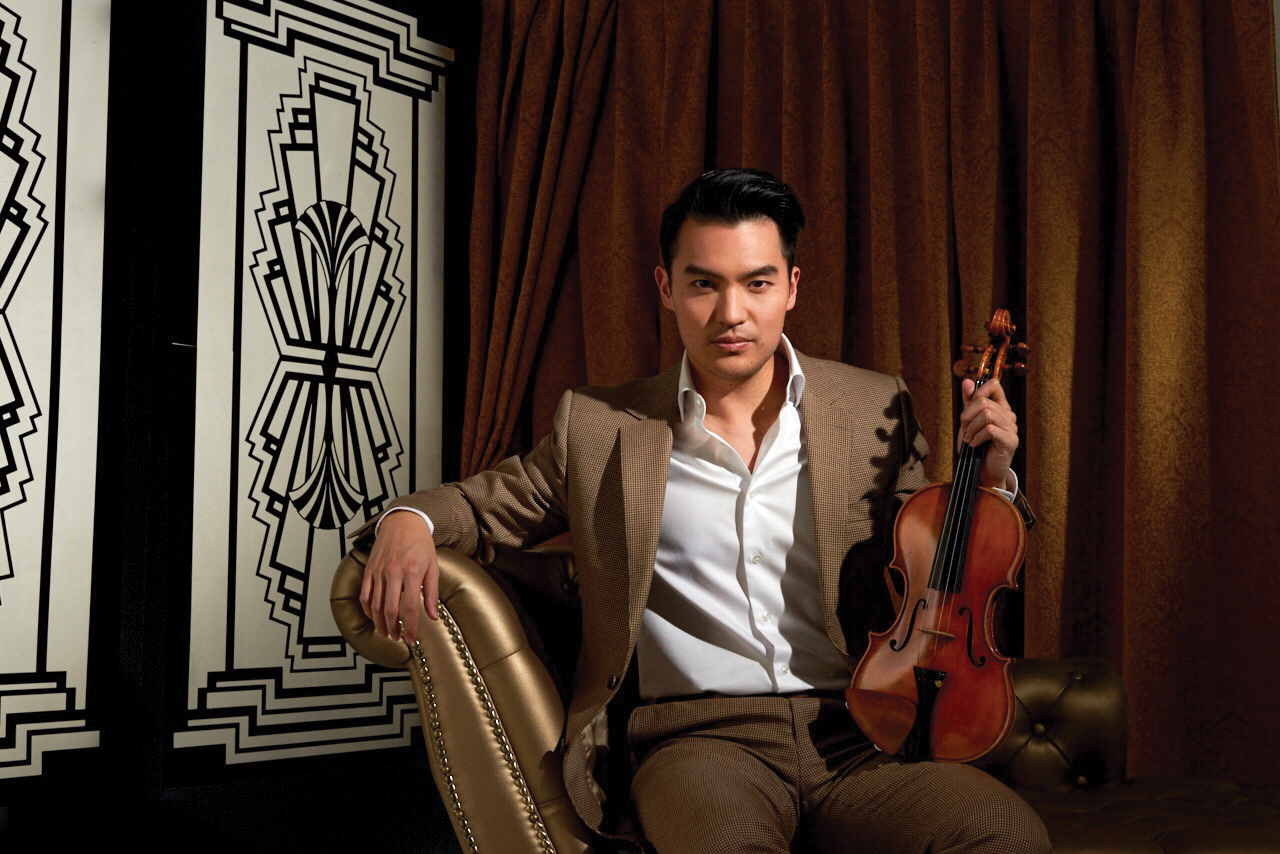TSMC: Taiwan’s biggest winner of US-China cold war

If Taiwan is the winner in the Sino-U.S. cold war, its giant semiconductor company is the largest corporate winner.
The factories of Taiwan Semiconductor Manufacturing Company (TSMC,臺積電) are working around the clock but still cannot meet demand for its chips from around the world and in many industries – automobiles, iPhones, Google’s data centres, telecom equipment, U.S. F-35 jet fighters and game consoles of Nintendo and Sony.
Such is the shortage of chips for the auto industry that global production this year will fall by 1.5 million vehicles, mainly in the first half of the year. Earlier this month General Motors shut three of its U.S. plants because of the shortage. Volkswagen has cut output at sites in China, Europe and North America for the same reason.
On February 9, TSMC announced net revenue in January of NT$126.75 billion, an increase of eight per cent from December 2020 and an increase of 22.2 per cent from January 2020.
As a result of the shortage, the telephone of Taiwan Economy Minister Wang Mei-hua (王美花) has not stopped ringing. Last month Peter Altmaier, her German counterpart, called to ask for her help to ensure that TSMC would prioritise chips for use in cars.
Last week Brian Deese, top economic adviser of President Joe Biden, thanked her for her efforts to resolve the chip shortage. “Other countries have also thanked Taiwan for its support,” she said, without naming them. “This is a long-term problem. Electric vehicles also compete for chips.”
To meet demand, TSMC has allocated US$28 billion for capital spending this year, up from US$3 billion in 2020. This money is going into two giant factories in Tainan, south Taiwan and Phoenix, Arizona.
The Tainan plant will be the world’s most advanced three-nanometre chip production plant and is due to begin mass production in the second half of 2022. The firm has budgeted US$19.45 billion for the project. It plans to increase capacity for five-nanometre chips to 120,000 wafers a month by the end of 2021, up 70 per cent from the end of 2020. These are used in the latest iPhone range and new Mac core processors.
Construction of the Phoenix plant, to make five-nanometre chips, is due to begin this year and will involve an investment of US$12 billion. The firm wants to hire 300 engineers who will be sent for a year-long intensive training programme in Tainan, in English. Mass production is due to begin in 2024, with 20,000 12-inch wafers a month.
The Sino-US trade war is one reason for the Phoenix plant. As the economies of the two countries increasingly decouple, it makes good business sense for TSMC to locate this new plant in the country where many of its largest customers are based.
Strong demand for chips was one reason why Taiwan’s GDP last year grew by an annual 2.98 per cent, outpacing China, with 2.3 per cent, for the first time in 30 years. Its excellent control of the Covid 19 pandemic, with one of the lowest death and infection rates in the world, was another reason. This enabled factories to continue operating at full capacity.
In addition to TSMC, Hon Hai Precision Industry and MediaTek all reported record revenues for the October-to-December quarter as well as for all of 2020. All have benefited from the shift of production away from China. This has increased Taiwan's importance in the global supply chain for industries such as smartphones, data centre servers, and automobiles.
All this has raised the diplomatic profile of Taiwan. “The auto chip shortage has highlighted Taiwan’s importance and the crucial role it played in the semiconductor industry,” said John Deng, Taiwan’s trade representative. “This issue has shown to the whole world that Taiwan is reliable and its companies can be trusted. This is definitely beneficial to Taiwan’s trade agenda.”
TSMC accounts for more than half of the global foundry market. It is the island’s biggest by market capitalisation and about 20 per cent of private sector investment.
This makes many say that Taiwan is the island that TSCM built.
-- Contact us at [email protected]
-

Integration of GIS and BIM can drive development of smart city Dr. Winnie Tang
The China Association for Geospatial Industry and Sciences (“the CAGIS”) released the Top Ten Highlights of China's Geographic Information Industry in 2023, which provides much inspiration. The
-

Equip young people for the future Dr. Winnie Tang
In late February, the inaugural flight of an air taxi from Shenzhen Shekou Cruise Homeport to Zhuhai Jiuzhou Port took only 20 minutes with an estimated one-way ticket price of 200 to 300 yuan per
-

Are we raising a generation of leaders, or of followers? Brian YS Wong
The essence of education is defined not by the facts it imparts, but the potential knowledge it inspires students to individually pursue on their own. Put it this way – the ideal form of education
-

The urgent need for reforms to sex education in Hong Kong Sharon Chau
Nearly one in every four university students (23%) in Hong Kong has been sexually harassed, according to a 2019 report published by the Equal Opportunities Commission (EOC). A 2019 study found that
-

STEAM should be linked to real life Dr. Winnie Tang
In the 2017 Policy Address, STEM (science, technology, engineering and mathematics) education was proposed as one of the eight major directions to promote I&T development. Since then, funding has
-
首屆「中華文化節」六月開幕 感受中華傳統文化多元魅力
-
Russia’s nightmare – loss of Far East
-
呈獻精彩絕倫的音樂盛會
-
養顏即食花膠靚湯
-
My Brief Remarks – at the HKS China Conference
-
非凡彩寶之旅 Winston Candy & Winston Kaleidoscope系列
-
The perils of self-censorship
-
中華文化節2024系列~八台戲曲亮相中華文化節 新編粤劇《大鼻子情聖》打響頭鑼
-
伊藤詩織:紀錄片是改變的一部分
-
DIOR MEN Fall 2024~Effortless Chic流麗衣櫥















